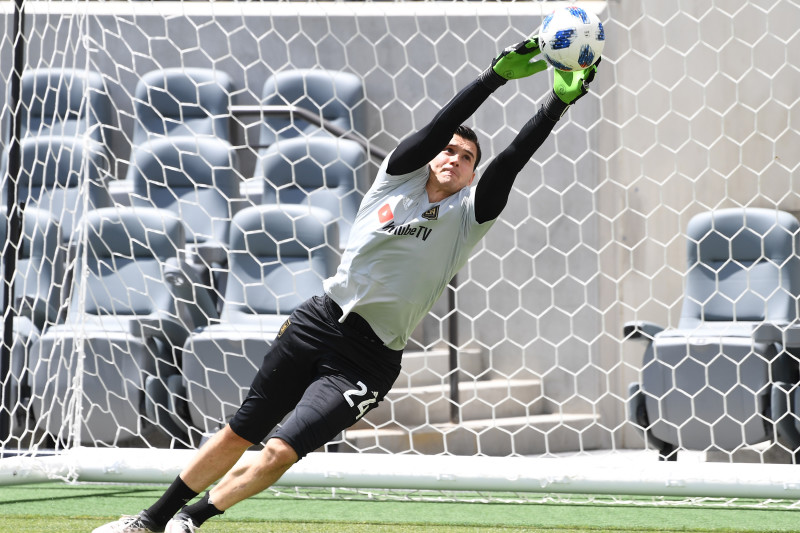
Image Courtesy: Jayne Kamin-Oncea/Getty Images

Image Courtesy: Jayne Kamin-Oncea/Getty Images
They’re your last line of defense. They can make bad teams good and good teams great. The best ones can take over an entire game by themselves.
There is no other athlete quite like the goalkeeper. In soccer, ice hockey, lacrosse, and field hockey, they’re the most important people on the pitch, rink, or field. The physical and mental demands of the position set them apart from their teammates–yet all too often, they don’t have a conditioning program that reflects those unique demands.
To experience maximum performance benefits from training, goalies need to exercise differently than offensive and defensive “field players.” They need to focus more on certain aspects of strength and conditioning and less on others.
The most successful programs focus on the following building blocks:
The metabolic system can be divided into two parts: aerobic and anaerobic. Every activity and position in goaltending relies partially on both systems–it’s the proportion of each that’s the key. The majority of goalie movement is anaerobic, consisting of short bouts of intense activity with intermittent rest in between. Nevertheless, some level of aerobic training is useful for general conditioning and endurance development, especially in soccer and lacrosse, where goalies are expected to sprint for short distances several times a game.
Muscular strength is important in many movements, especially in generating power when clearing and starting the counter-attack. Soccer goalkeepers also use muscular strength during vertical jumps when leaping or challenging an opponent.
Muscular endurance is essential for performing skills and movements over and over during a game. When goalkeepers experience a breakdown in form or technique late in contests, muscular fatigue is often to blame. For this reason, muscle endurance should always be a major focus of goalie training.
Coordination is an obvious necessity for all types of athletes, but it’s of utmost importance to goalies. In the blink of an eye, they have to decide whether to kick out a leg, flash a catching glove, or dive forward or laterally, all without losing control and ending up off-balance and out of position. The best goalies often think one or two moves ahead of what they’re doing at any given moment, and they must be highly coordinated to produce fluid, dynamic movements in rapid succession.
Quickness is the keystone for most successful goalkeepers. The term can mean different things to different athletes, but in this context, it’s a blend of two main attributes: speed and agility. For everything from establishing position to making saves to preventing injuries, quickness is a goalie’s best friend. Developing it should be a focus of every training regimen.
Below is a list of some of the most important exercises for goaltender strength training, broken down into categories based on the primary biomechanical movement involved.
Power/Explosiveness
Box jumps
Squat jumps
Dumbbell snatch
Knee-dominant
Squats (Back/Front)
Lunges
Single-leg squats
Hip-dominant
Deadlifts
Romanian deadlifts
Single-leg deadlifts
Good mornings
Vertical Pull
Pull-ups
Chin ups
Lat pull downs
Vertical Press
Shoulder barbell press
Shoulder dumbbell press
Horizontal Pull
Bent-over row
One-armed row
Inverted row
Horizontal Press
Bench press
Dumbbell press
Alternating dumbbell press
Pushups
Trunk Stability
Planks
Reverse crunches
Wood chops